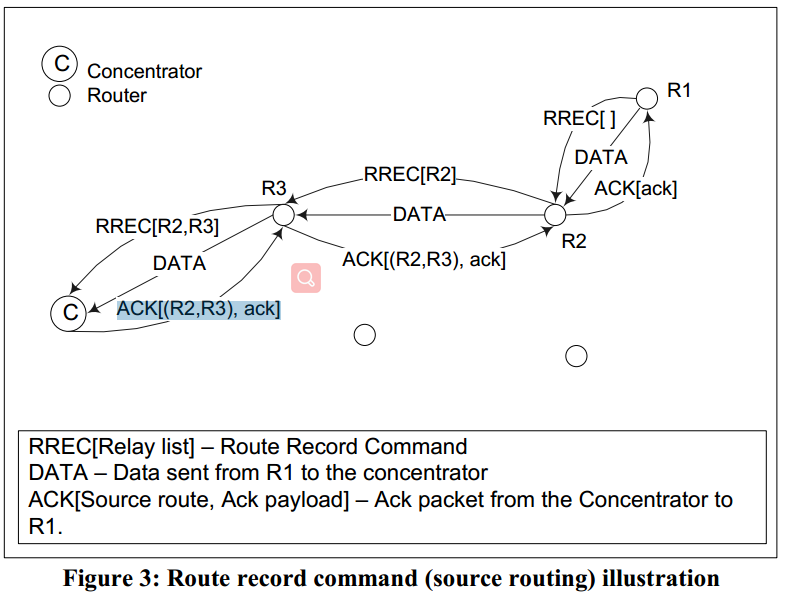协议栈:Z-Stack 3.0.2
协调器:CC2538
路由器:EFR32
终端:EFR32
问题描述:
网络中有50个设备,44个路由器和6个终端设备。现在对其中一个终端设备进行OTA升级。升级到了80%的时候协调器会出现发送 image response 命令 会返回ZMemError(0x10),最后导致 OTA 设备发送终止命令,OTA 升级失败。
OTA升级期间没有别的设备进行应用层report之类的交互命令,只有MTO的route request 和 status link 这些维护网络的命令。请问 ZMemError(0x10) 呢?


